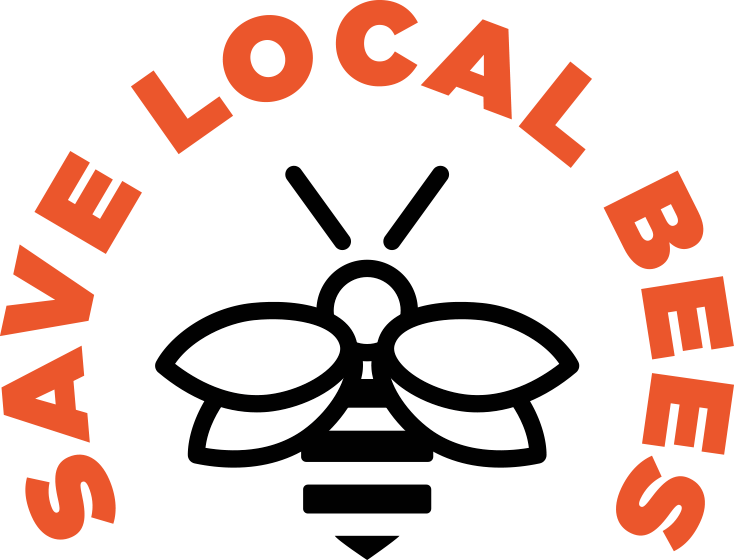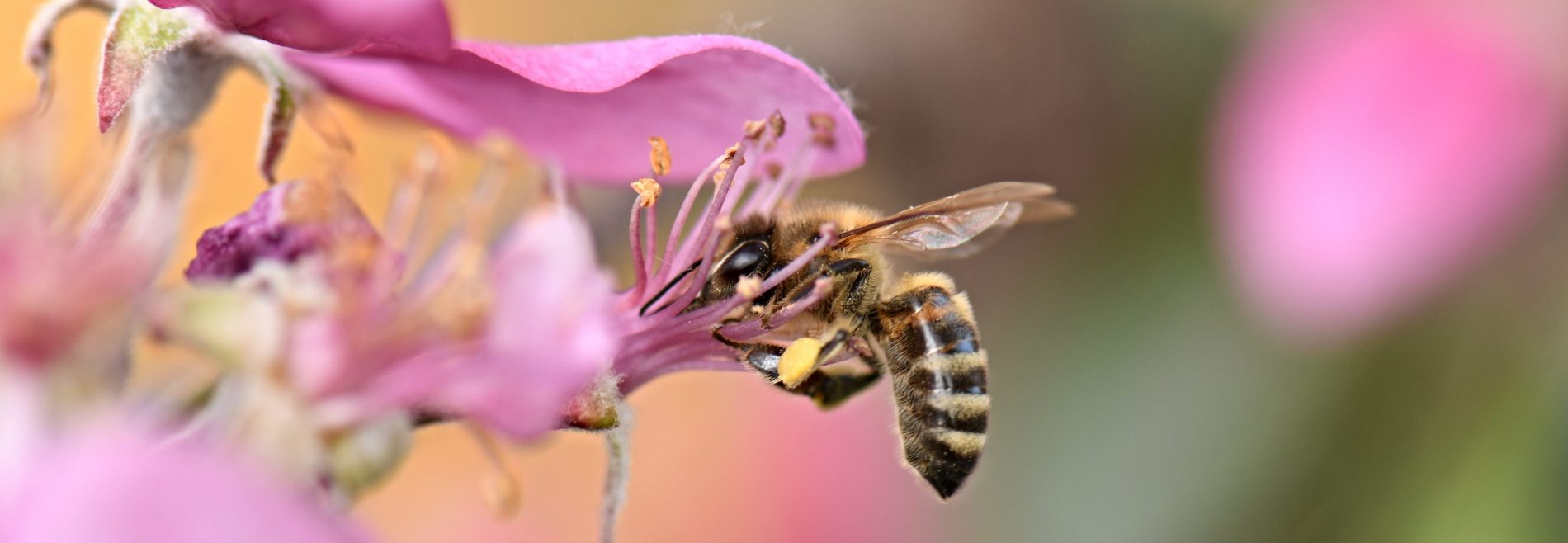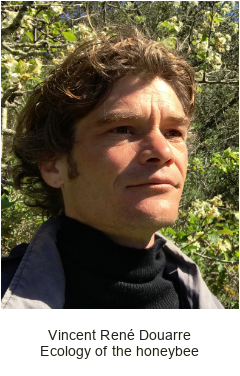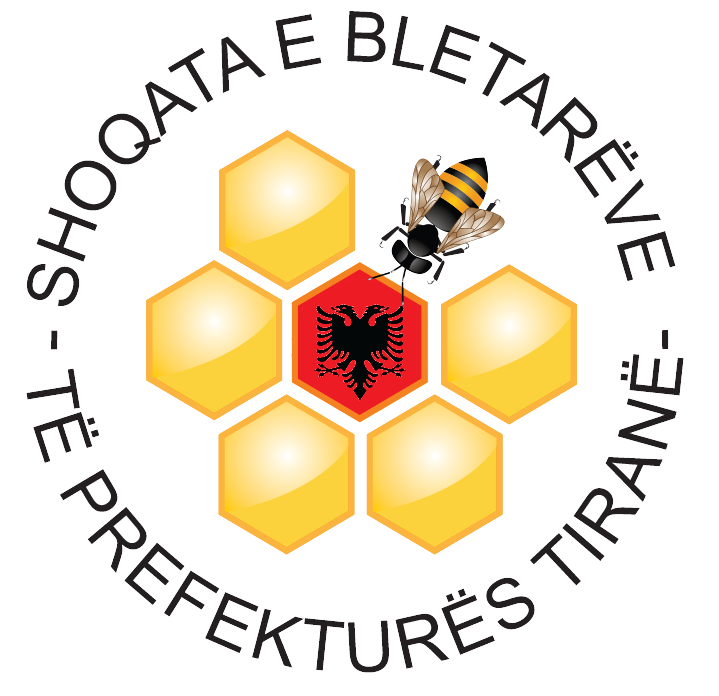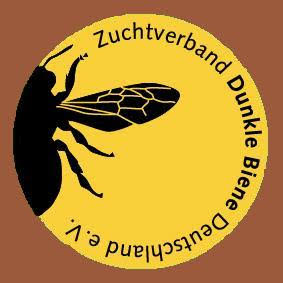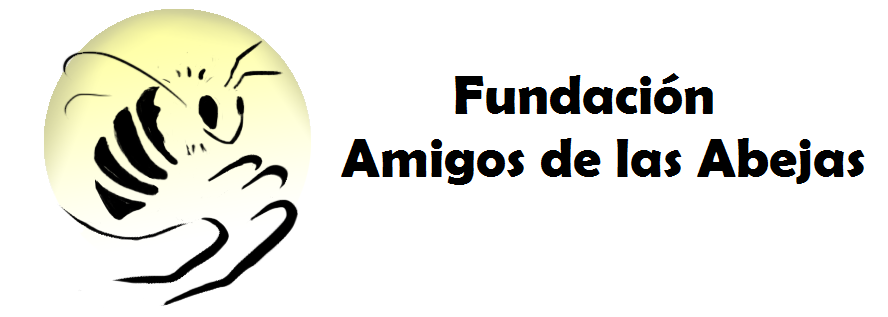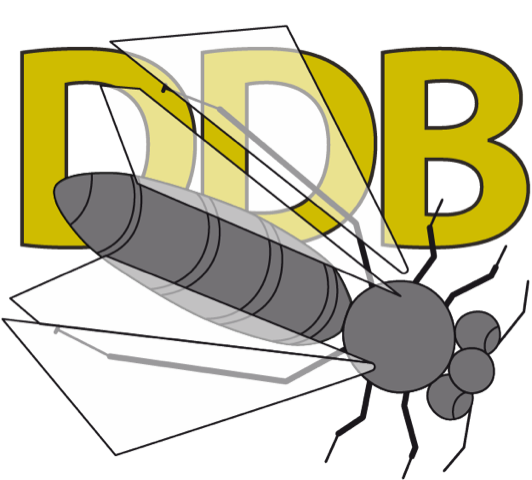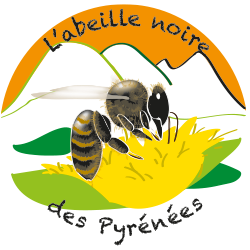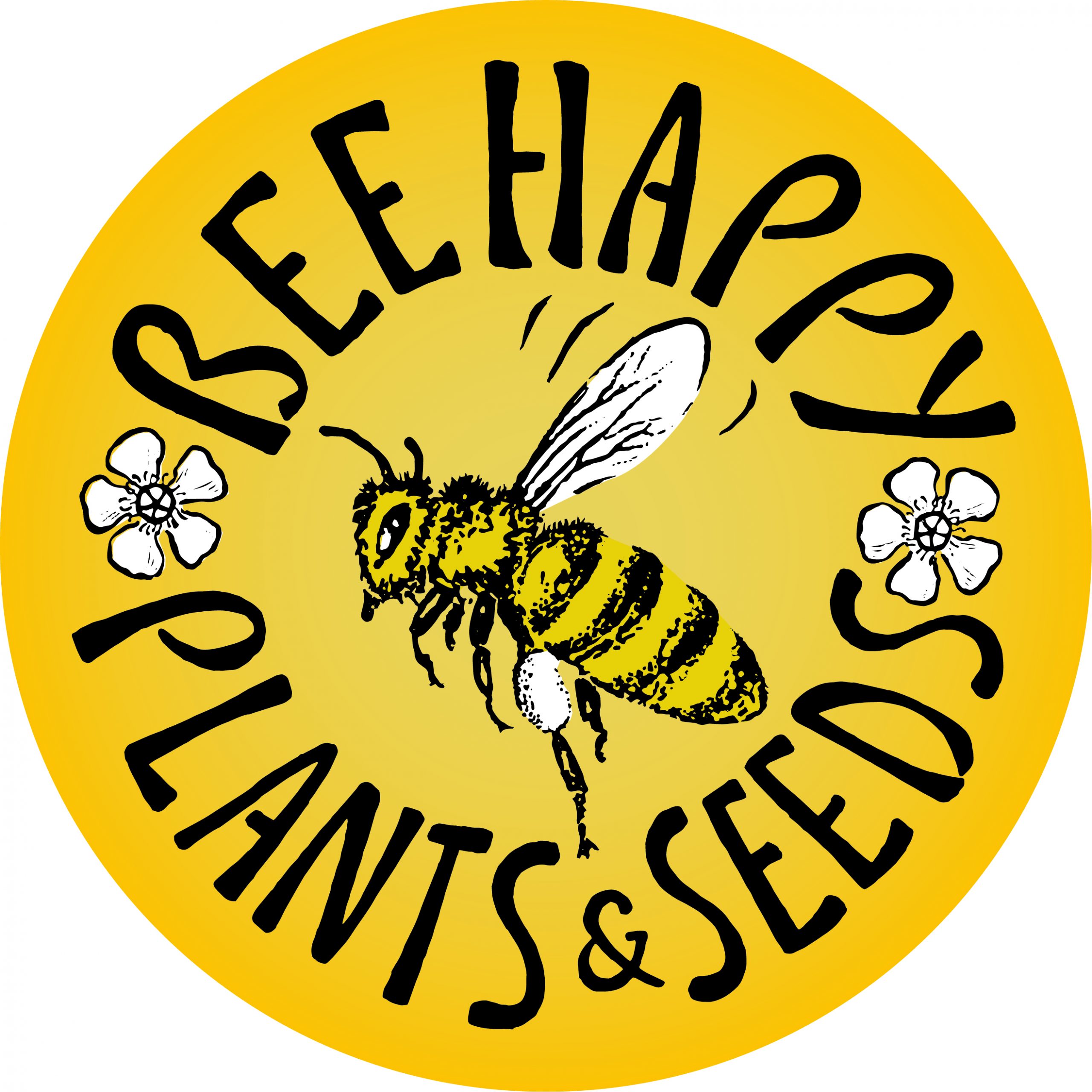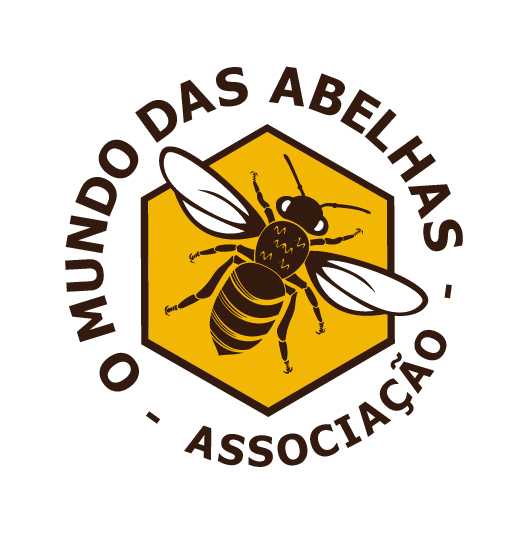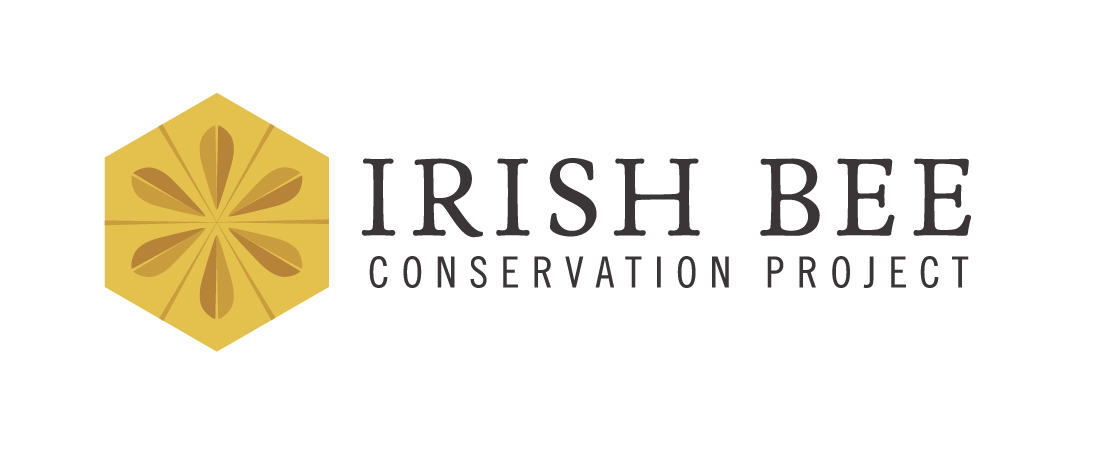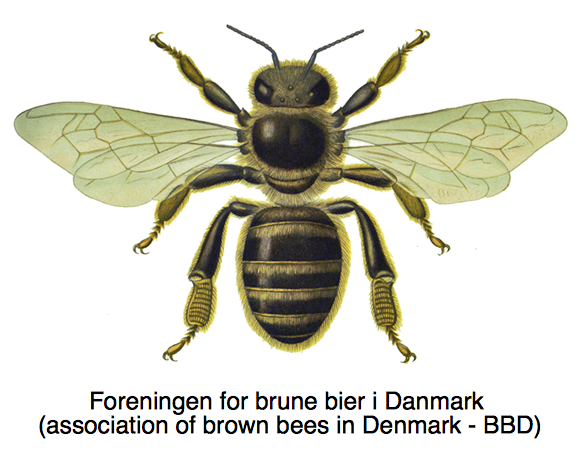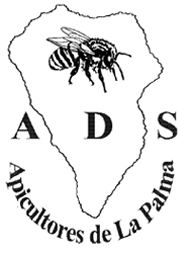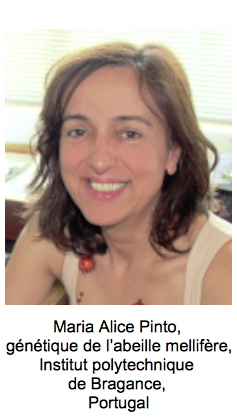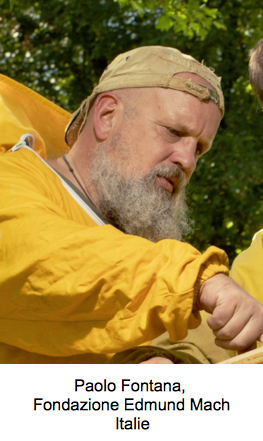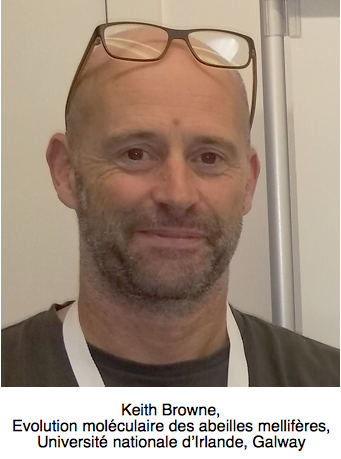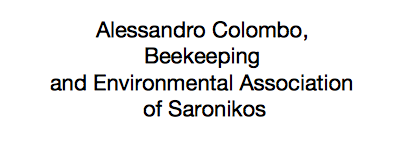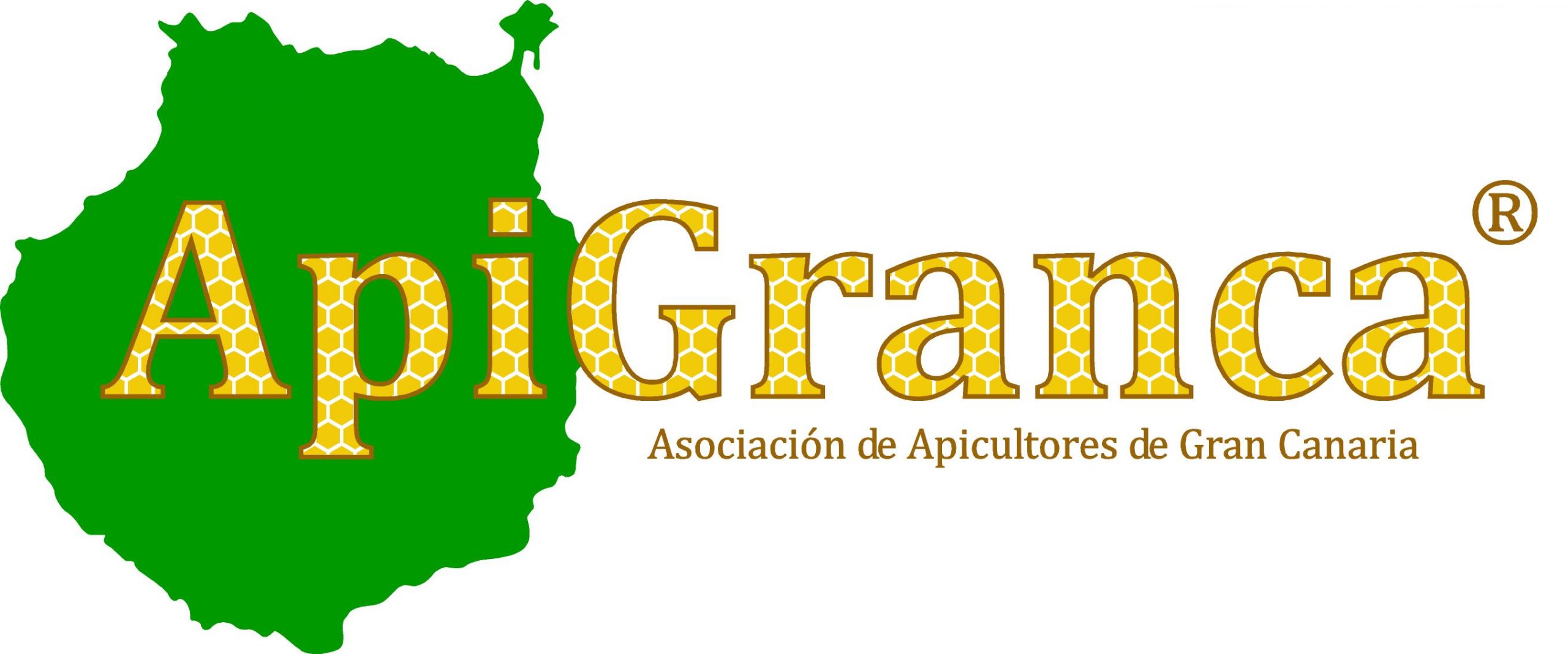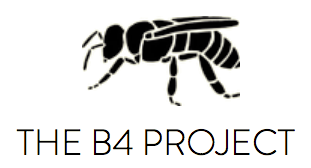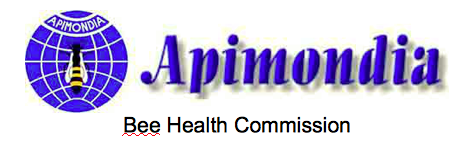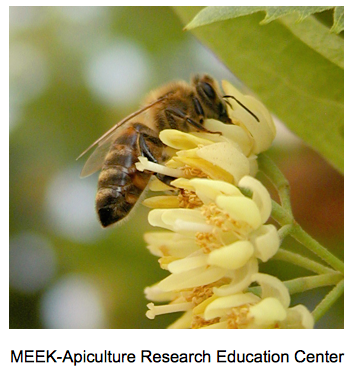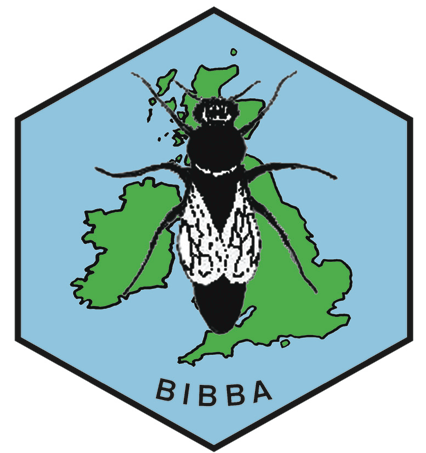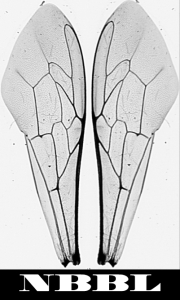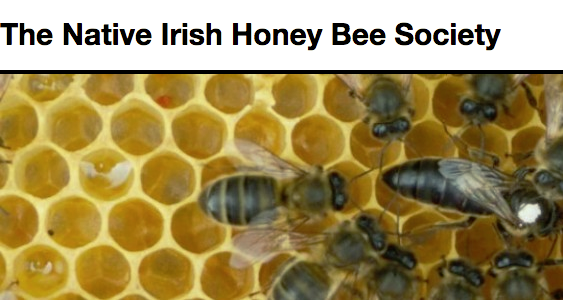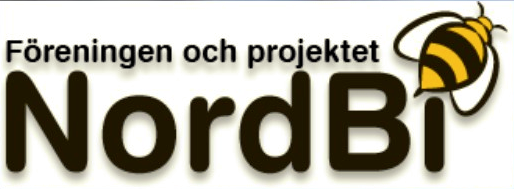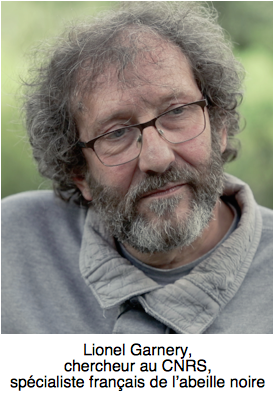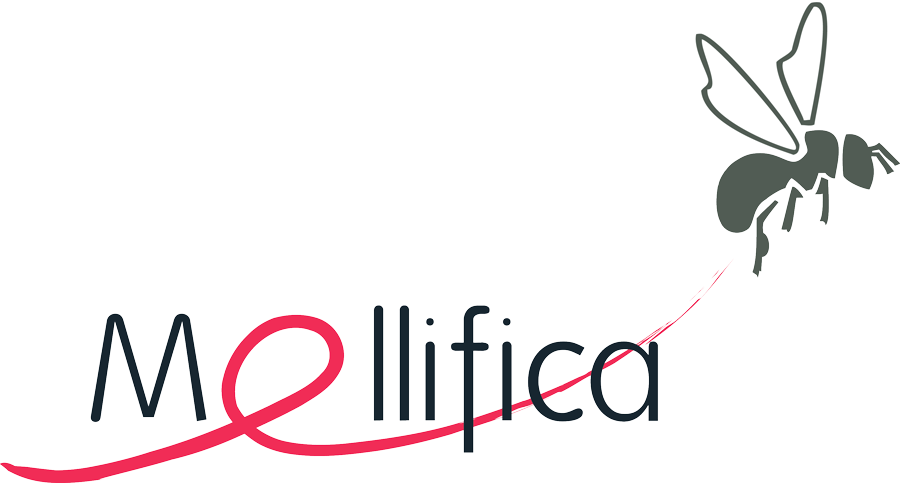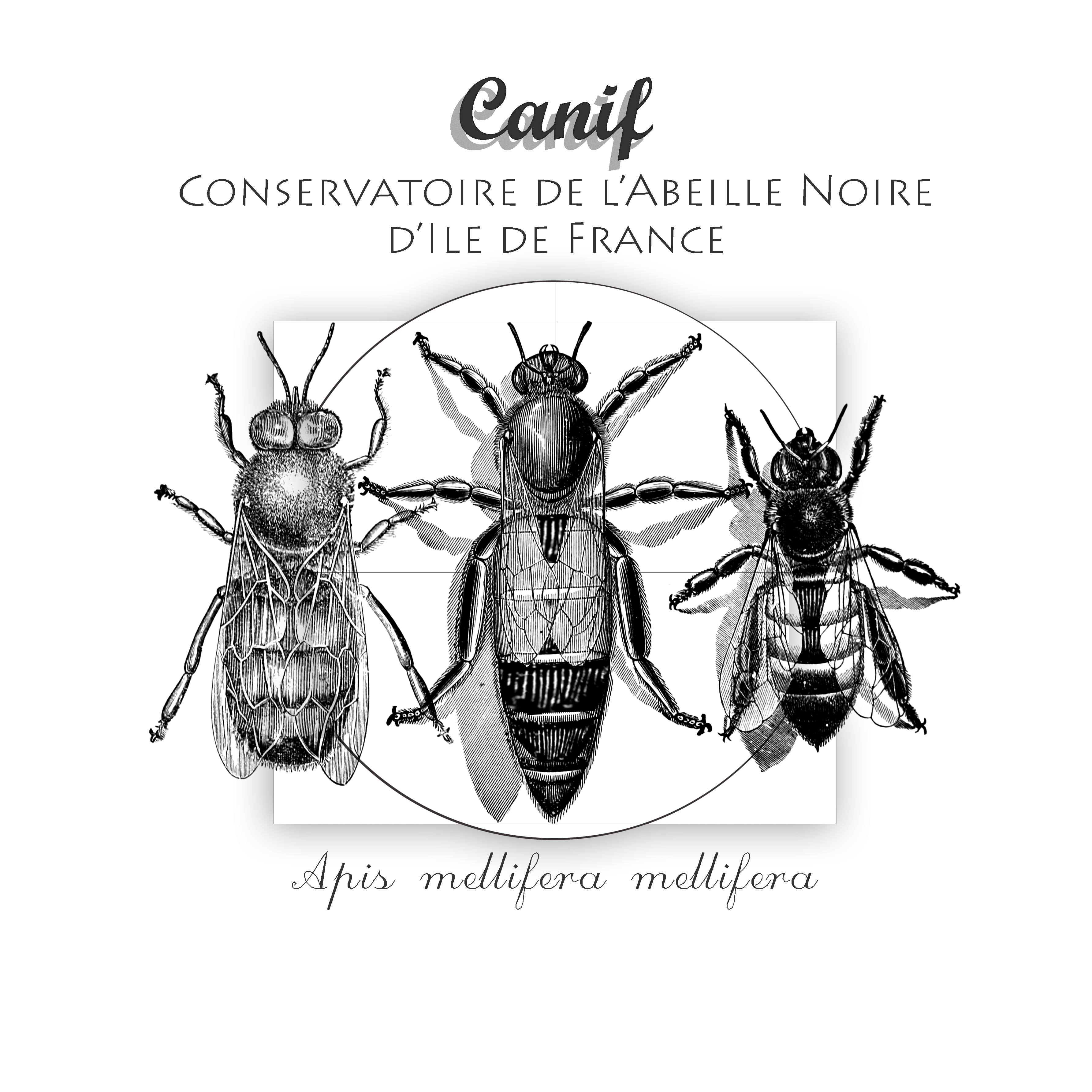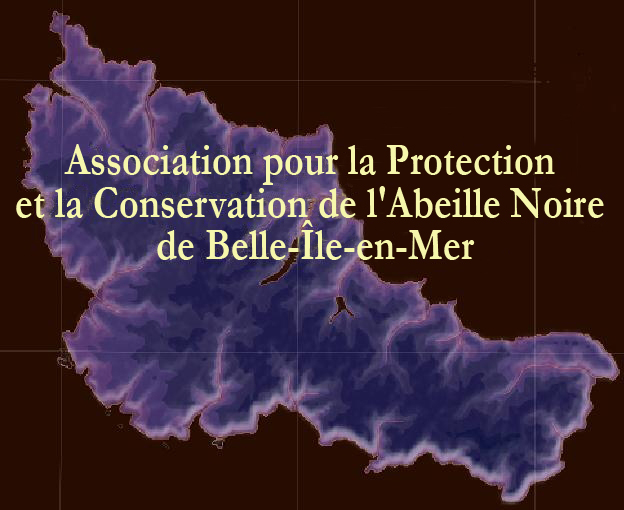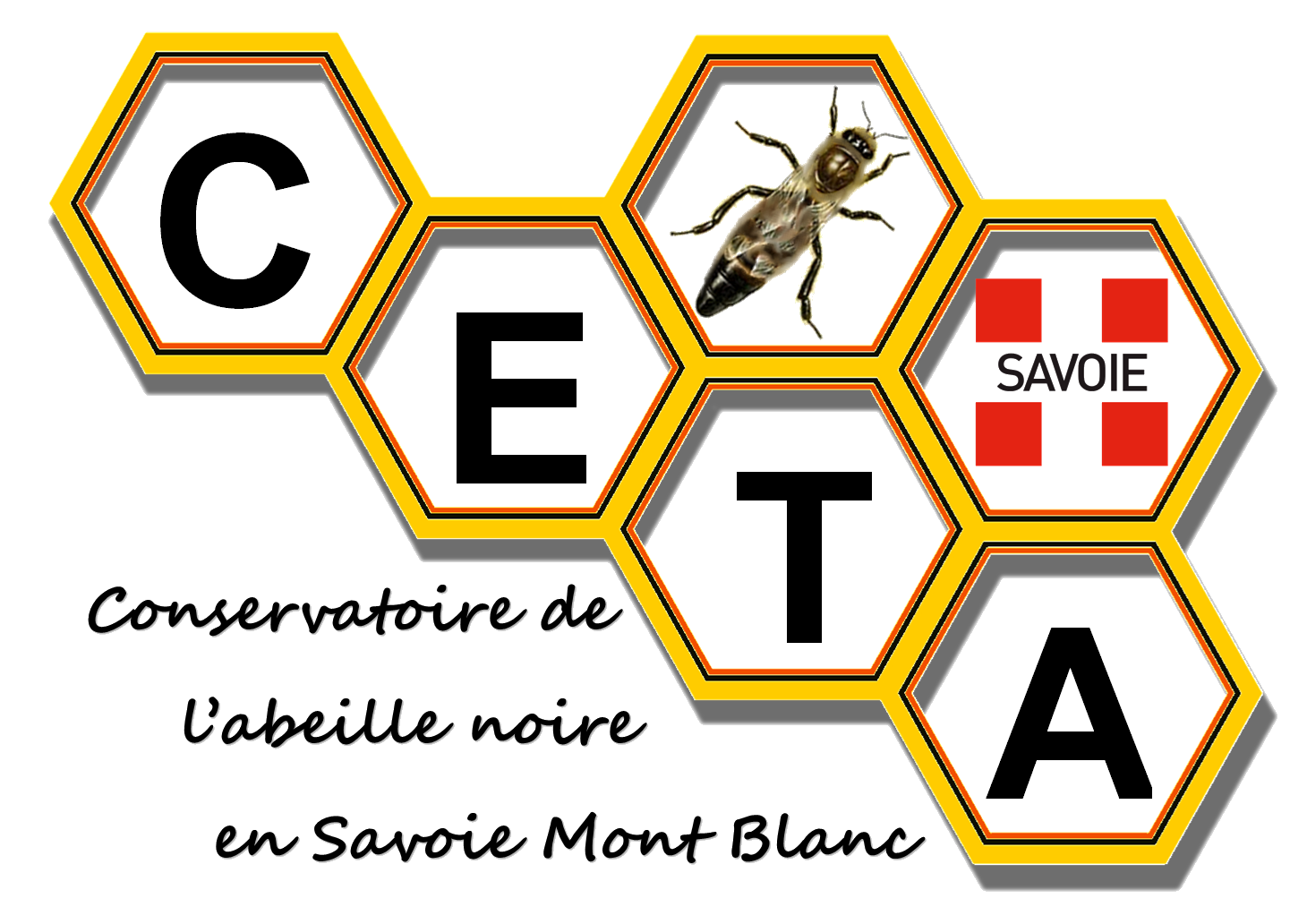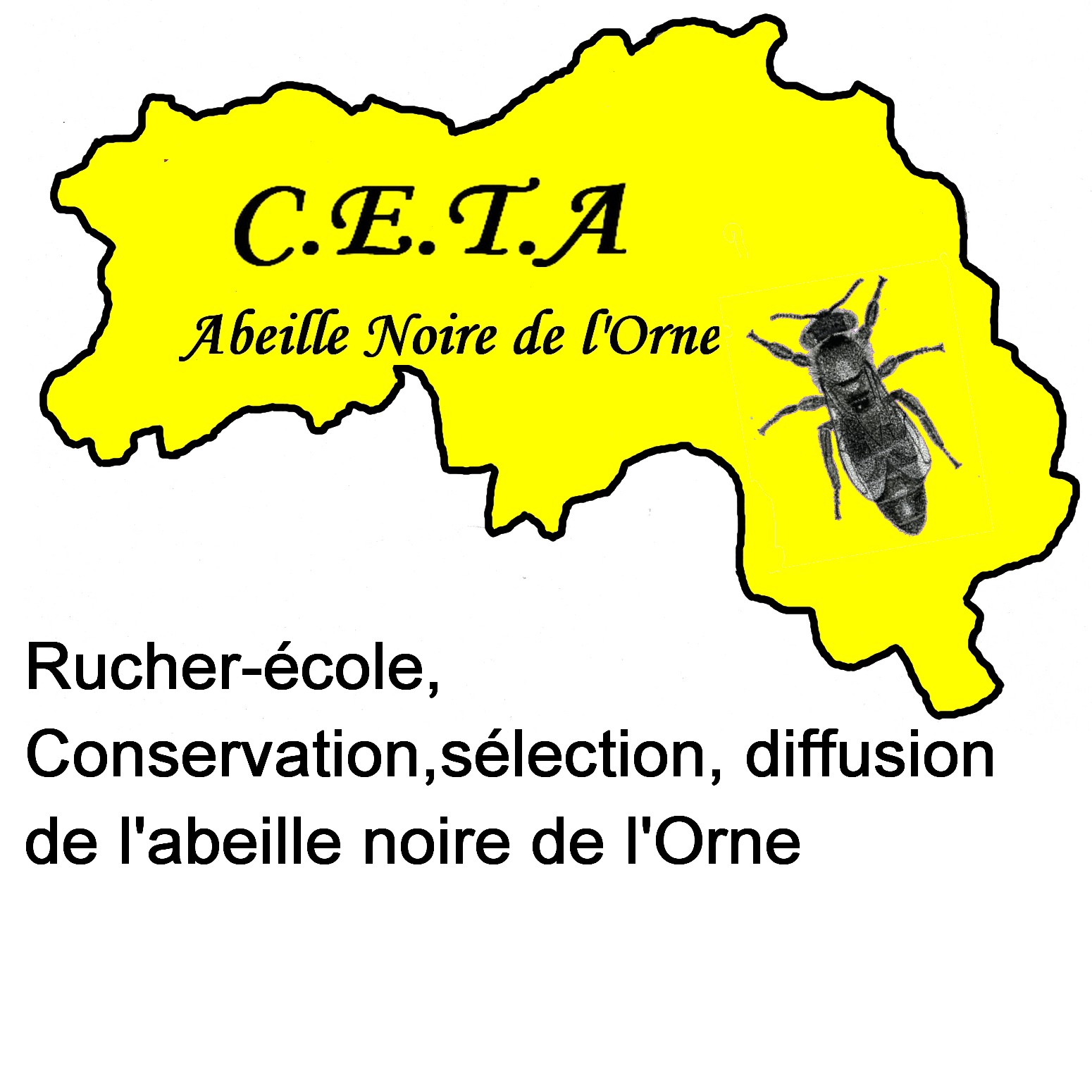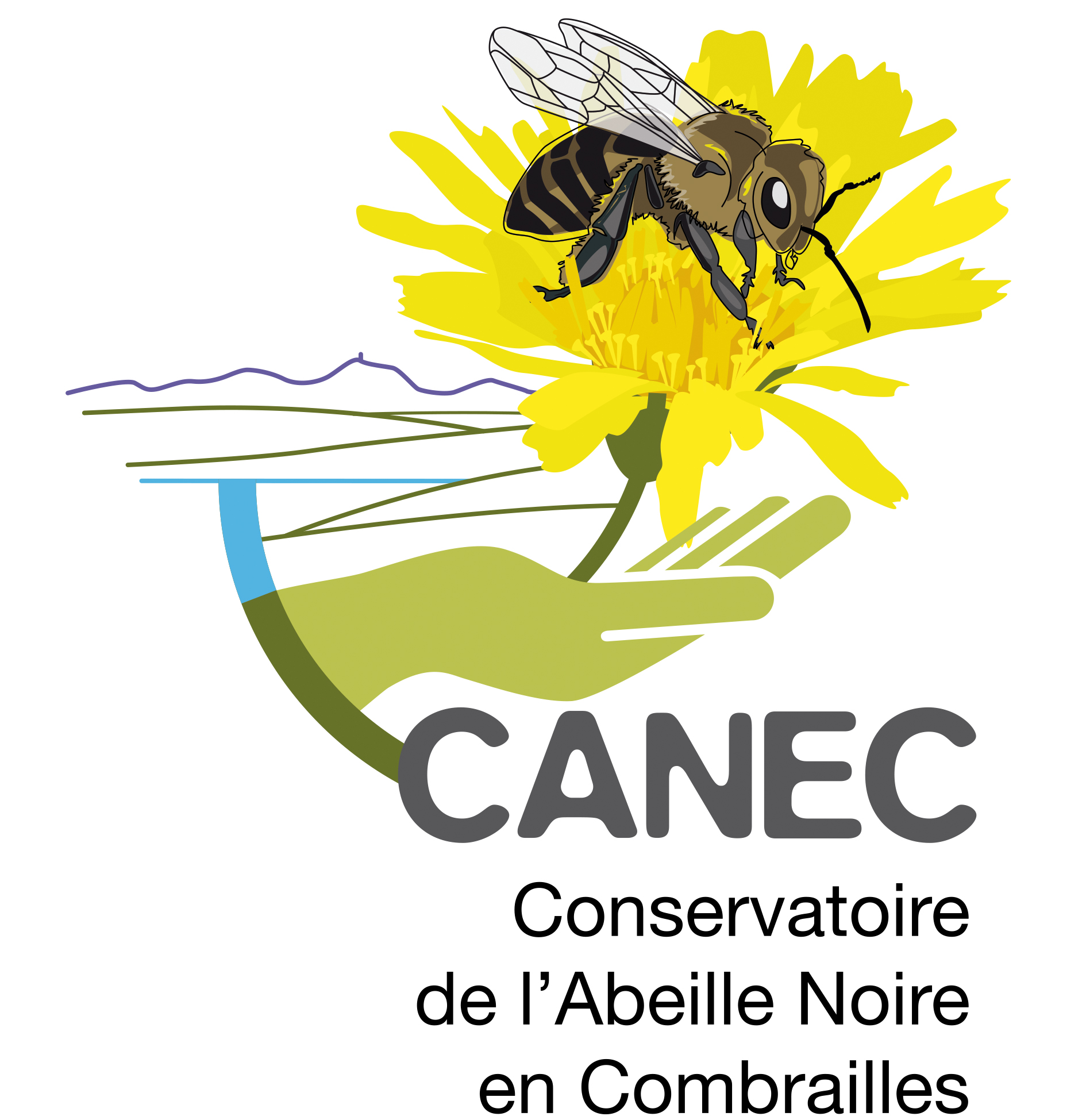THE Goal of #Savelocalbees
PRESERVING MORE THAN 100 MILLION YEARS OF EVOLUTION
The oldest known bee fossil was found in Burma, frozen in amber for 100 million years. The bee itself is believed to have appeared on Earth even earlier: some 185 million years ago. These millions of years allowed the first foragers to evolve into multiple species. This is how they managed to spread to all continents (except Antarctica). About 20,000 species of bees are recorded worldwide, 2,000 in Europe and nearly 1,000 in France. Most of them are wild and solitary bees and feed directly on flower nectar. Only one species produces honey, that it stores in wax combs. This is Apis mellifera, and it is not “one” species, but a multitude of subspecies that have diverged genetically according to their environment.
PRESERVING EXCEPTIONAL ADAPTABILITY SKILLS TO DIFFERENT ENVIRONMENTS
Some Apis mellifera subspecies have developed an ability to withstand hot and dry climates, others are better adapted to a life in high altitude; some are able to forage earlier or later in the season, or, with a more or less long trunk, forage only certain flower species.
Geographical barriers have also led them to divergences from one other. For instance, Apis mellifera iberiensis has differentiated itself in the Iberian peninsula – unable to cross the Pyrenean mountains – and Apis mellifera ligustica was stopped by the Alps in Italy, while Apis mellifera melllifera, known as the dark bee, colonised all of northern and western Europe, but not the South, equally separated from its “cousins” by these same mountain ranges. Island bees such as Apis mellifera sicula, typical of Sicily, also differentiated themselves from continental subspecies.
On a more detailed scale, there are further different ecotypes within subspecies. In Western Europe, for example, local ecotypes of dark bees display characteristics typical for an “Atlantic” bee, which thrives in a temperate environment, without extreme heat or cold. The bees from the Landes area, in particular, have adapted their foraging cycle to the appearance of heather in August, while the Norman bees forage apple blossoms as early as in April. In the Mediterranean region, in Provence or in Corsica, the local ecotype lays less in summer (hot and dry periods), but it has a second peak during autumn. The dark bees of Savoy, on the other hand, know how to withstand the difficult conditions of mountain life: rustic, economical, they can spend six months under the snow, where other bees would not survive. In continental and eastern Russia, native bees are able to withstand very cold winters as well as very hot summers1.
MAINTAINING RESILIENCE TO DISEASES AND OTHER SCOURGES
Being constantly confronted with a virus, parasite, predator or any other challenge, living beings develop mechanisms of resistance or adaptation. This is what we call “natural selection”: part of the affected population dies, but more resilient individuals or groups of individuals manage to survive, thrive and multiply. For example, an ongoing study demonstrates the ability of bees on the island of Groix in adapting to the Varroa destructor parasite. This mite is a plague decimating bee colonies all over the world. It parasitises bees and carries a virus with it (the deformed wing virus) that is similarly devastating to bees. If the bees of the island of Groix have managed to resist, it is only because they are bees of local origin, perfectly adapted to all the other hazards of their environment, and are preserved by an island regulation that prohibits the introduction of other bees from the continent.
PROTECTING AN ENDANGERED BIODIVERSITY
According to a comprehensive analysis of 73 studies published in Biological Conversation in April 2019, 40% of all insect species are threatened. The United Nations (UN) estimates that current pollinator extinction rates are 100 to 1,000 times higher than normal, due to human activities2.
Today, managed bees, as well as pollinators in general, are threatened by pesticides, new diseases and predators, and the impoverishment of vegetation that are their food resources.
PRESERVING QUALITIES CONFIRMED BY SCIENCE
A study by Ralph Büchler of the Kirchhain Bee Institute (Germany) found that out of 600 hives across Europe, colonies with a queen of local origin have a better chance of surviving than those with an imported queen3.
“When it comes to bees, subspecies of Apis mellifera differ from others by their adaptability skills to their respective environments. Thus, by hybridising different subspecies, this ability to adapt to their environment could be lost and have significant consequences on the subspecies in question,” says Bénédicte Bertrand, bee geneticist, in her doctoral thesis4. She also reports the findings of William Perry from Illinois State University: “Hybridisation between local and imported species can have significant impacts on local species, and even lead to their extinction”5. This is further confirmed by Jonathan Ellis from the University of Plymouth: “Hybridisation and introgression can have negative effects on regional biodiversity through the potential erosion of locally adapted lines”6.
PROMOTING BEEKEEPING THAT IS RESPECTFUL OF LOCAL BEES
“Bees don’t need us. We need bees,” says Jeffery Pettis, an American entomologist who specialises in bee behaviour7. It was only about 5,000 years ago that Man began to build hives to raise colonies of bees and harvest their produce.
To cope with what is known as colony collapse disorder, more and more beekeepers are choosing to import queens or colonies from abroad. By trying to save their harvest of the year this way and hoping to repopulate their hives, they are actually weakening their “livestock”, because these bees and descendants of these queens, the product of hybridisation with local bees, are less adapted to the local environment than the native ones and herefore more vulnerable.
“This is a disaster,” says Lionel Garnery, French specialist in bee genetics at the CNRS. “Today, beekeepers no longer know what type of bees they have in their hives. Pure local bee strains have almost dissapeared and as a result we are losing the main adaptability characteristics of our bees to climate and environment.”
A population of local bees is able to adapt to changes in its environment within a few generations, provided it is allowed to do so, that no one interferes by artificially maintaining weak colonies alive, for instance through an ever incresing sugar diet, or by introducing non-indigenous bees who do not know their new environment or are completely unsuited to the local climate.
PROTECTING LOCAL BEE “SANCTUARIES”
Conservatories are being set up all over Europe, in protected areas, far from intensive agricultural areas and large metropolitan areas, or in isolated places (such as islands). There are 10 dark bee conservatories in France, managed by local beekeepers’ associations. Naturally, the requirements of these conservatories prohibit voluntary introduction of queens or foreign colonies into these territories and favour beekeeping that is attentive to the natural needs of bees. A study by M. Alice Pinto shows that dark bee conservation programs are largely successful. Indeed, in protected areas in Norway or Scotland, bees are 97-99% “pure”. In unprotected areas, on the other hand, they contain between 34 and 69% foreign DNA8.
In 2013, Bénédicte Bertrand demonstrated that, in six French conservatories, the colonies had an average introgression rate of 10%, but she added that populations with more than 80% dark bees represented “a good starting point” for the conservation of dark bees. It was also noted that island bee populations, although better protected from introgression, are sometimes too few in number: “other pure populations of A. m. mellifera should be identified in order to provide sufficient genetic diversity to compensate for the foundation effect [loss of genetic variation, editor’s note] of this population”.
Conservatories must therefore be protected, respected, extended and multiplied to ensure the protection of local bees. That’s the goal of #SaveLocalBees.
Bibliography
1. Ruttner et al., 1990. The Dark European Honey Bee. British Isles Bee Breeders’ Association.
2. FAO’s Global Action on Pollination Services for Sustainable Agriculture.
3. Büchler et al., 2014. The influence of genetic origin and its interaction with environmental effects on the survival of Apis mellifera L. colonies in Europe. Journal of Apicultural Research.
4. Bertrand Bénédicte. Analyse de la diversité génétique de populations d’abeilles de la lignée ouest-méditerranéenne (Apis mellifera mellifera) : application à la conservation. Doctoral thesis in molecular biology and genetics.
5. Perry et Lodge, 2002. Importance of Hybridization Between Indigenous and Nonindigenous Freshwater Species: An Overlooked Threat to North American Biodiversity. Systematic Biology.
6. Ellis, Jonathan et al., 2018. Introgression in native populations of Apis mellifera mellifera L: implications for conservation. Journal of Insect Conservation.
7. Watch the video filmed at the conservatory of the island of Groix.
8. Pinto et al., 2014. Genetic integrity of the Dark European honey bee (Apis mellifera mellifera) from protected populations – A genome-wide assessment using SNPs and mtDNA sequence data. Journal of Apicultural Research.
